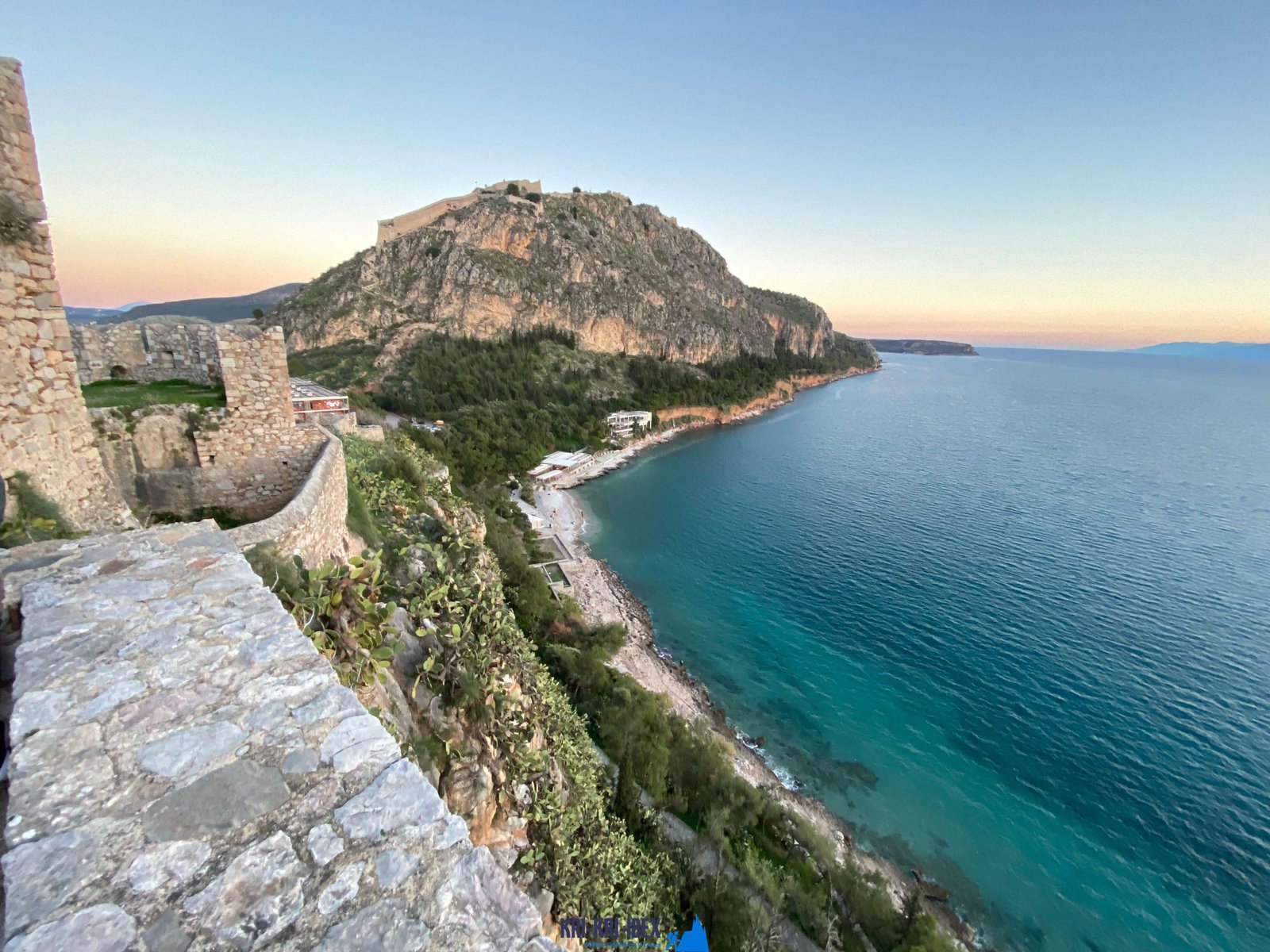A journey to bear in mind - outdoors as well as in excellent company
A journey to bear in mind - outdoors as well as in excellent company
Blog Article

The Peloponnese peninsula on the Greek Mainland is frequently referred to as the 'actual' Greece. This is since it has taken care of to remain reasonably untouched by mass tourism and maintains much of its typical appeal. If you're searching for a genuine Greek experience, then Peloponnese is the area for you. As well as what much better means to discover this lovely region than on one of our outdoor hunting, angling, as well as cost-free diving tours?

Because it is not established, the number of Ibexes varies with the population. The Ibexes of the Cretan Ibex reproduce Kri-Kri is the smallest ibex in regards to body weight, however not horn size (Capra Aegagrus Cretica). A couple of specimens that went uncounted measured 115 centimeters (45 inches). The gold prize is 61 cm (24 inches) long. The Kri-Kri ibex is hunted in Greece currently. Searching is offered on Atalanti and also Sapientza. Searching is permitted on Atalanti from the recently of October to the very first week of December. Searching is allowed on Sapientza for the entire month of November, relying on climate condition.
What to Expect on a Peloponnese Tour? You can expect to be blown away by the all-natural appeal of the location when you book one of our searching and exploring Peloponnese Tours from Methoni. From the pristine coastlines to the hills and woodlands, there is something for everyone to appreciate in the Peloponnese. Furthermore, you will certainly have the chance to taste some of the best food that Greece has to offer. Greek cuisine is renowned for being fresh and also delicious, as well as you will certainly not be dissatisfied. Among the best parts regarding our trips is that they are developed to be both fun and also academic. You will certainly learn more about Greek background and also society while likewise getting to experience it firsthand. This is an amazing possibility to immerse on your own in everything that Greece needs to provide.
If you are looking for a genuine Greek experience away from the hustle as well as bustle of tourist after that look no even more than Methoni in The Peloponnesos! Our exterior hunting for Kri Kri ibex, fishing, cost-free diving as well as visiting Peloponnese excursions from Methoni are the excellent way to explore this stunning area at your very own rate with like minded individuals. Get in touch with us today to book your put on one of our trips.
What is the diference between Kri Kri ibex, Bezoar ibex and hybrid ibex
The kri-kri is not thought to be indigenous to Crete, most likely having been imported to the island during the time of the Minoan civilization. Nevertheless, it is found nowhere else and is therefore endemic to Crete. It was common throughout the Aegean but the peaks of the 8,000 ft (2,400 m) White Mountains of Western Crete are their last strongholds–particularly a series of almost vertical 3,000 ft (900 m) cliffs called ‘the Untrodden’—at the head of the Samaria Gorge. This mountain range, which hosts another 14 endemic animal species, is protected as a UNESCO Biosphere Reserve. In total, their range extends to the White Mountains, the Samaria National Forest and the islets of Dia, Thodorou, and Agii Pandes.
This Ibex is NOT a diminutive form of the Bezoar Ibex, which has migrated into the western-most reach of the range of this species. The kri – kri (Capra aegagrus cretica), sometimes called the Cretan goat, Agrimi, or Cretan Ibex, is a feral goat inhabiting the Eastern Mediterranean, previously considered a subspecies of wild goat. The kri-kri has a light brownish coat with a darker band around its neck. It has two horns that sweep back from the head. In the wild they are shy and avoid tourists, resting during the day. The animal can leap some distance or climb seemingly sheer cliffs.
“The agrimi goat Capra aegagrus cretica is unique to Crete and its offshore islands. It has been identi®ed as a sub-species of the wild bezoar goat Capra aegagrus aegagrus Erxleben, 1777, which it closely resembles in horn shape, body form and coloration. This classi®cation has been disputed by some researchers who claim that the agrimi are feral goats, derived from early domestic stock brought to the island by the ®rst Neolithic settlers. In order to clarify this issue, DNA analyses (cytochrome b and D loop sequences) were carried out on tissue of live and skeletonized agrimi and compared to sequences of wild and domestic caprines. Results conclusively show the agrimi to be a feral animal, that clades with domestic goats (Capra hircus) rather than with wild Asiatic bezoar. This study demonstrates that morphometric criteria do not necessarily re¯ect genetic af®nities, and that the taxonomic classi®cation of agrimi should be revised.”
Report this page